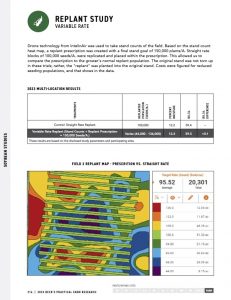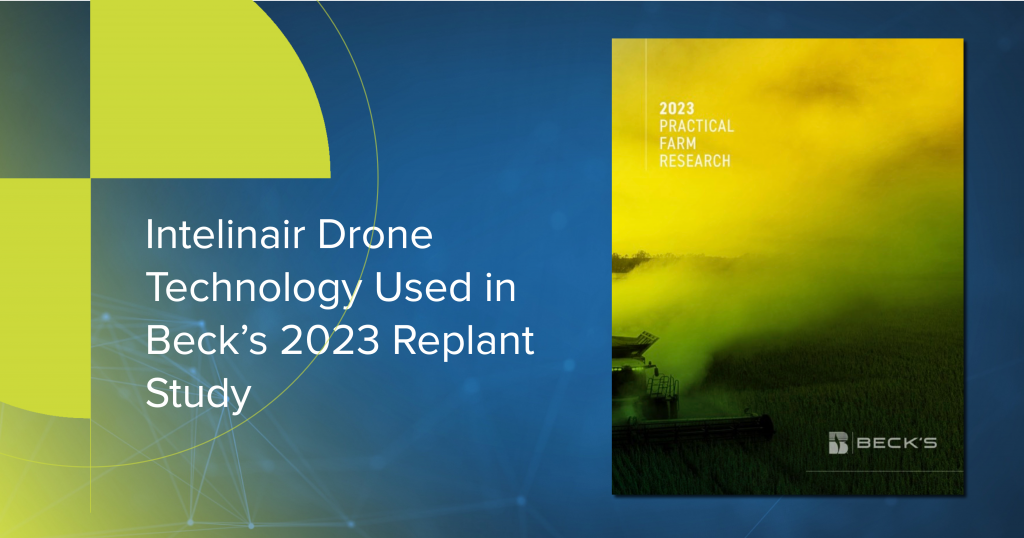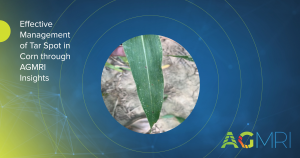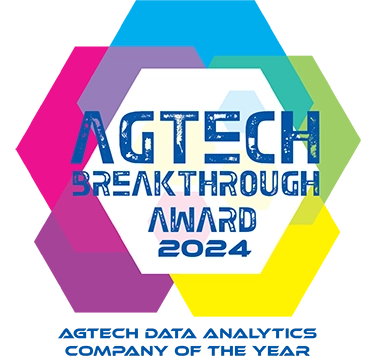
 Exciting Insights from Beck’s 2023 Precision Farming Research (PRF) offers compelling results on variable rate replanting for soybeans. Drone technology from Intelinair was used to take stand counts for the 2023 replant study. Here’s the scoop:
Exciting Insights from Beck’s 2023 Precision Farming Research (PRF) offers compelling results on variable rate replanting for soybeans. Drone technology from Intelinair was used to take stand counts for the 2023 replant study. Here’s the scoop:  Study Findings:
Study Findings:
Based on the stand count heat map of an Illinois soybean field, a replant prescription was created with a final stand goal of 150,000 plants/A. Straight rate blocks of 100,000 seeds/A were replicated and placed within the prescription. This allowed them to compare the prescription to the grower’s normal replant population. Variable replant rates ranged from 44,000 to 136,000 seeds/acre, tailored to initial stand counts.
Minor yield differences were observed, but certain rates showed notable improvements. Overall, the variable rate area had ~2.5% higher yield and ~4.5% less seed was used as compared to the 100,000 seed/acre blocks.
Data-driven decisions in replanting can lead to better resource utilization and cost savings.
Review the entire 2023 PRF Book and this replant study variable rate on page 214.
About IntelinAir, Inc.
IntelinAir, Inc. provides whole-field insights all season long to farmers and ag retailers through its easy-to-use interactive platform, AGMRI. Through AGMRI Insights and AGMRI Analyze, Intelinair’s proven data analytics capabilities tracks every acre, every factor – emergence & population impacts, nutrient utilization, hybrid and variety performance, and even weather impact – for data-driven in season and postseason decision making and identifies sustainability opportunities. For more information, follow IntelinAir on LinkedIn, Facebook, Twitter, and Instagram, and visit intelinair.com.
®Trademark of IntelinAir, Inc.















